1. Luxury Cars

Rich folks know that the moment a brand-new supercar leaves the dealership, it takes a massive depreciation hit—often 20–30% in the first year alone. ShopKunes reports that according to a 2022 study by Experian Automotive, 61% of households earning over $250,000 opted for non-luxury or lightly used vehicles, prioritizing value retention over brand-new shine. This means snagging a gently driven Porsche or Range Rover for the price of a brand-new Camry.
Beyond depreciation, there’s the thrill factor: driving a limited-edition model that nobody else on the block has. Plus, pre-owned supercars often come loaded with dealer-added upgrades—think carbon-ceramic brakes or sport-tuned suspension—that fresh-off-the-lot cars rarely include. In other words, you get more bang for your buck and can brag about the aftermarket extras. It’s like finding a signed first edition at the thrift store—minus the paper cuts. And let’s be honest: no one’s checking your odometer when you pull up in a Ferrari.
2. Art Pieces
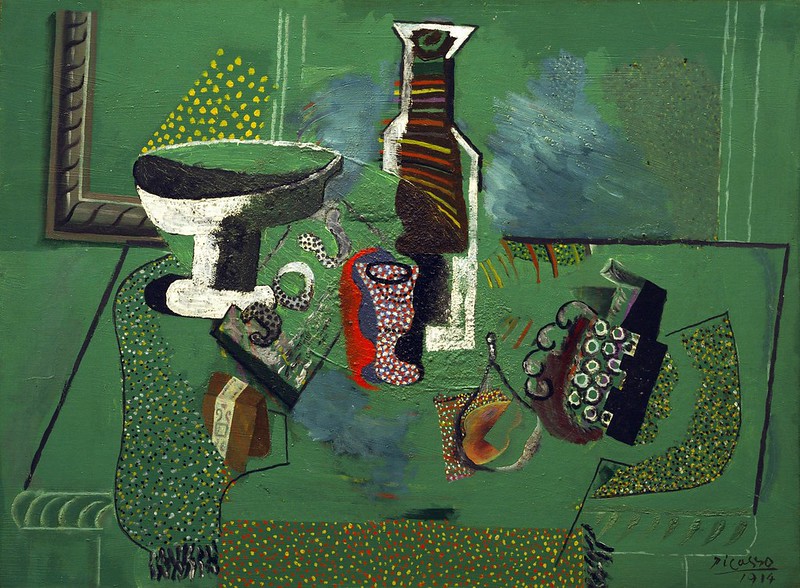
Art has long been the playground of the ultra-wealthy, but buying secondhand lets them diversify their collections without dropping seven figures on a single canvas. As art advisor MyArtBroker explains, billionaires often scout off-market sales and auctions to acquire works at prices below gallery markups, enjoying both the cultural cachet and potential investment gains. Why pay retail when you can outbid a rival at Sotheby’s for a fraction of the gallery fee?
Collecting pre-owned art also opens doors to hidden gems—say, an emerging artist’s breakout piece that flies under the mainstream radar. Plus, provenance stories (that cool backstory about how the painting once hung in a Rockefeller’s study) add bragging rights. In the end, it’s equal parts treasure hunt and financial strategy. It’s not just about what’s hanging on your wall—it’s about how you got it there. And yes, rich people love a flex with a backstory.
3. Designer Handbags
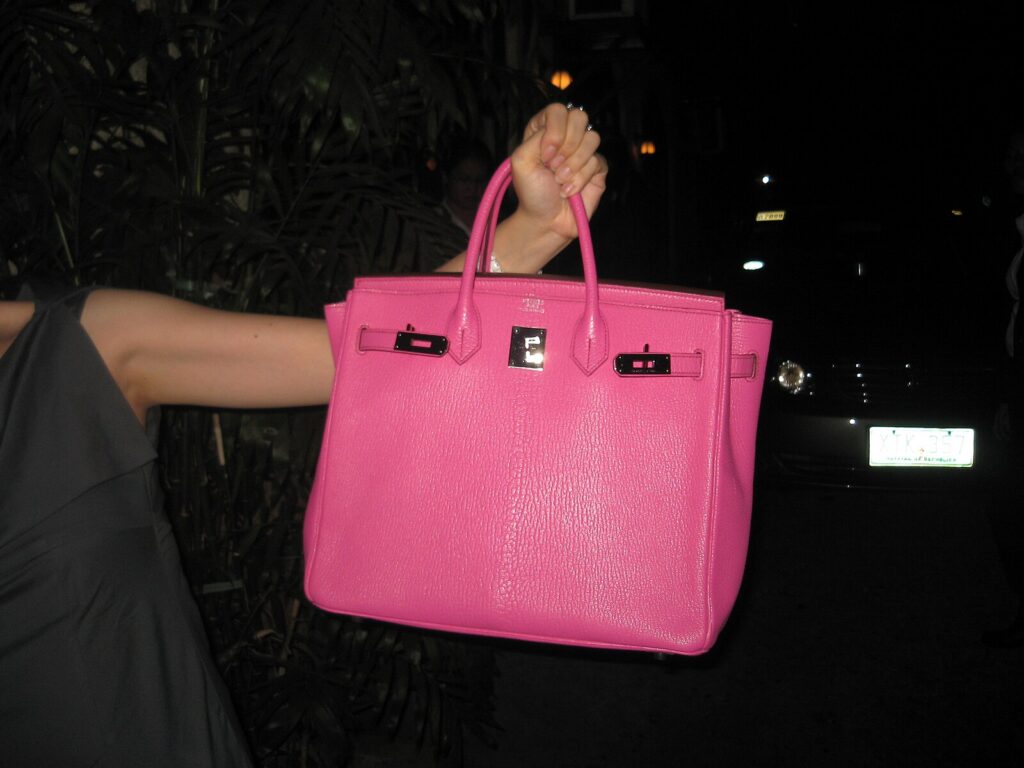
Even the wealthiest fashionistas know that the moment you swipe that new Birkin, you’ve already overpaid. In a recent People interview, Nicole Richie shared how her partnership with Fashionphile inspired her to seek out vintage Chanel and Hermès, praising the emotional thrill of uncovering rare pieces and supporting sustainability. Pre-loved handbags often boast immaculate craftsmanship and patina that only years of wear can create.
Beyond price savings, shopping secondhand for designer bags is like playing Monopoly with stacked odds. You can score limited-edition colors or discontinued silhouettes that never hit resale platforms. And since investment-grade bags often appreciate over time—some outperforming the S&P 500—it’s equal parts fashion statement and portfolio move. Also? Nothing feels more exclusive than rocking a piece that no one can buy in stores anymore. The “Where’d you get that?” compliments never stop.
4. Fine Jewelry
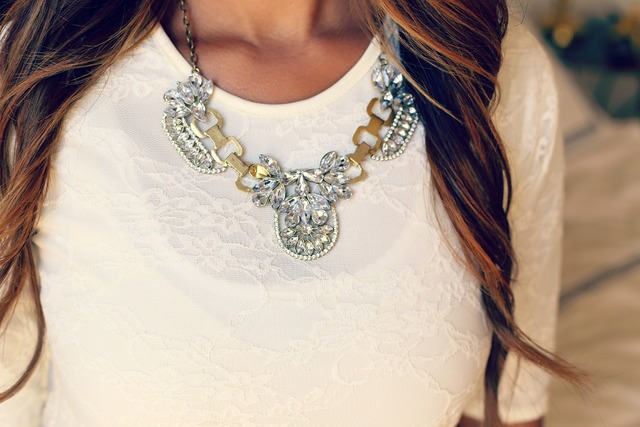
New diamonds may be “forever,” but estate jewelry tells a story—and retains value better. According to Aupreciousmetals, estate pieces often come with intrinsic value baked in: VAT exemptions, no retail markup, and high-quality gemstones hand-selected decades ago. Many collectors find that a vintage Art Deco ring or retro sapphire pendant holds its worth—and sometimes even appreciates—while new pieces take a depreciation dive the moment they leave the case.
Plus, estate jewelry offers one-of-a-kind designs and craftsmanship that modern mass production simply can’t match. You’re not just buying gems; you’re inheriting a slice of history—sometimes with fascinating provenance like “worn by a Hollywood starlet in the ’50s.” And let’s face it, few things scream “I have taste” like a jaw-dropping heirloom your friends have never seen before. It’s jewelry with a backstory—and if you’re rich, you definitely want a story to tell. Besides, no one’s out here bragging about paying retail for diamonds.
5. Yachts and Boats

Owning a yacht isn’t just a vacation flex; it’s a lifestyle investment that comes with a hefty price tag—new models can cost north of $10 million. The Luxury Playbook notes that pre-owned yachts typically sell for 30–50% less than their new counterparts, making them the go-to choice for wealthy buyers who want the full maritime experience without the brand-new premium. And since most yachts are custom-fitted post-purchase, new or used, owners often end up with the same bespoke interior.
There’s also the hidden benefit of depreciation cushion: once you’re aboard, you’re not eyeing that moment-one drop in value. Maintenance costs, dock fees, and crew salaries remain the same whether the vessel is brand new or a few seasons old. In short, buying secondhand at sea is all about steering clear of immediate value loss while still cruising in style. You’re not just saving money—you’re skipping the yacht-version of driving a new car off the lot and crying about it. Bonus: older yachts are often built sturdier, with timeless layouts you can tweak without a full gut job.
6. High-End Furniture
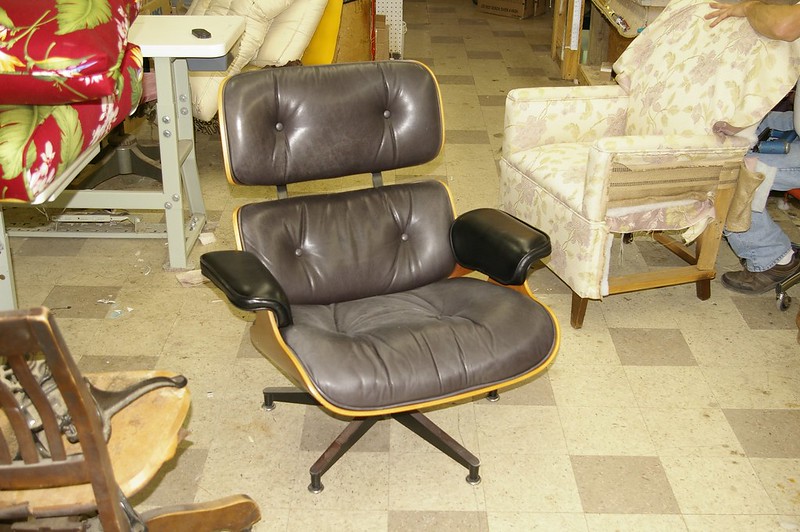
Forget IKEA hacks—rich people shop estate sales and auction houses for mid-century modern classics and bespoke antiques. These pieces often boast superior materials (solid walnut, hand-stitched leather) and craftsmanship that mass-market brands can’t replicate. A 1960s Eames lounge chair from Herman Miller can command thousands used, yet still come in cheaper than its 2025 retail price—and with genuine patina to boot.
The scarcity of original pieces turned secondhand makes them investment darlings, not just décor. Whether it’s a restored Art Deco sideboard or a Bauhaus-inspired coffee table, buying pre-loved furniture allows for eco-friendly interior upgrades that feel uniquely personal. Plus, furniture aficionados love the thrill of the hunt—tracking down that elusive mid-century credenza online or at a local auction. And nothing screams “old money” quite like a vintage credenza styled with books you didn’t read. Every piece is an instant conversation starter—and let’s be real, that’s half the reason you buy it.
7. Luxury Watches
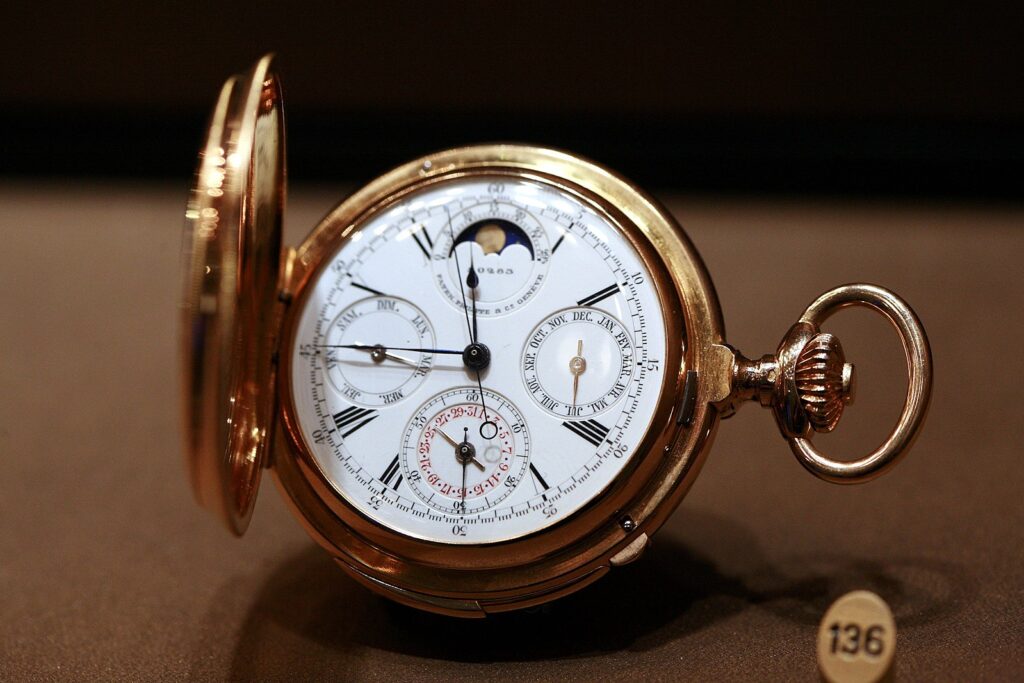
Rolex, Patek Philippe, Audemars Piguet—they all hold or even increase in value once they’ve been on your wrist. The scarcity of certain models (think Rolex “Pepsi” GMT-Master II or AP Royal Oak Offshore) means waiting lists at boutiques can span years. Savvy collectors bypass the backlog by buying pre-owned from reputable dealers—often walking away with a watch that’s already gained value since its original release.
Many vintage timepieces come with historic provenance or limited-edition quirks that never surface in new releases. And because high-end watches are engineered to last decades, a well-maintained secondhand model ticks just as reliably as a fresh one. At the end of the day, it’s not only a horological passion—it’s a strategic asset allocation, neatly wrapped around your wrist. Wearing a vintage Daytona says “I’ve arrived” without saying a word. Plus, the resale market is so hot, you might profit while telling time.
8. Wine Collections
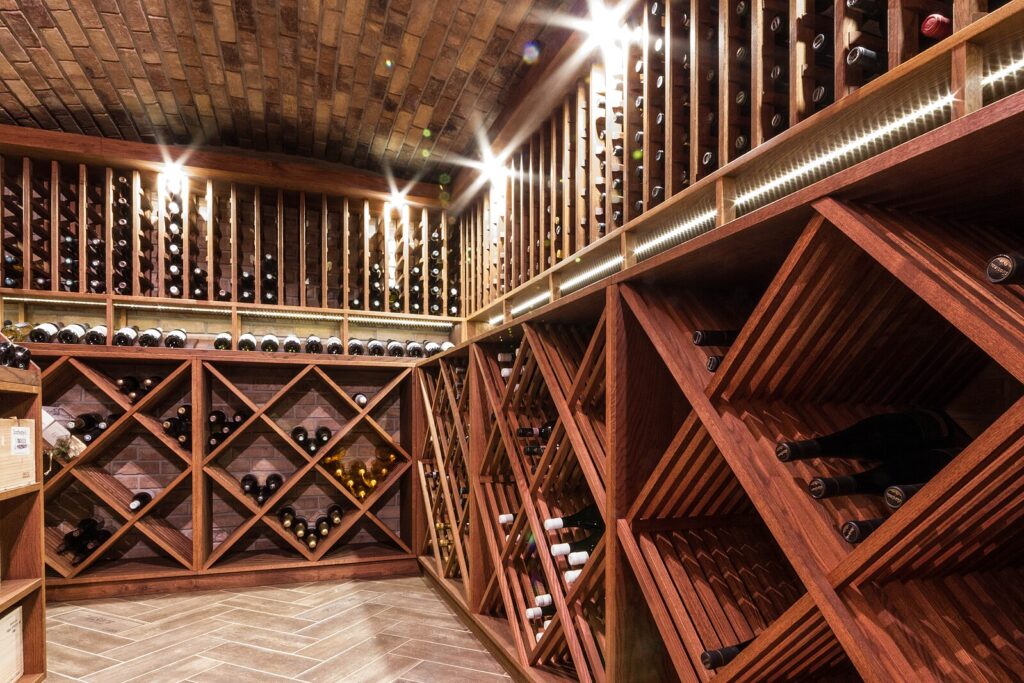
Ultra-wealthy oenophiles know that the best vintages sell out quickly at auction, but pre-owned wine auctions and private cellar sales unlock bottles at below-market prices. From Bordeaux first-growths to cult Napa Cabernets, rare finds from estate sales let rich collectors sip (or stash) legendary vintages without paying the contemporary auction frenzy markup.
Plus, a seasoned cellar owner loves the story behind each bottle—“this Chateau Lafite was from the 1982 vintage, stored in a Burgundian château, then deaccessioned in 2005.” Aging potential, pedigree, and provenance make secondhand wine shopping a high-stakes treasure hunt, where every unopened case is both a collector’s trophy and a future profit margin. And let’s be real—no one’s Instagramming their grocery-store Pinot. Cellar tours are the new dinner party flex, and rare vintages are the ultimate humblebrag.
9. Musical Instruments
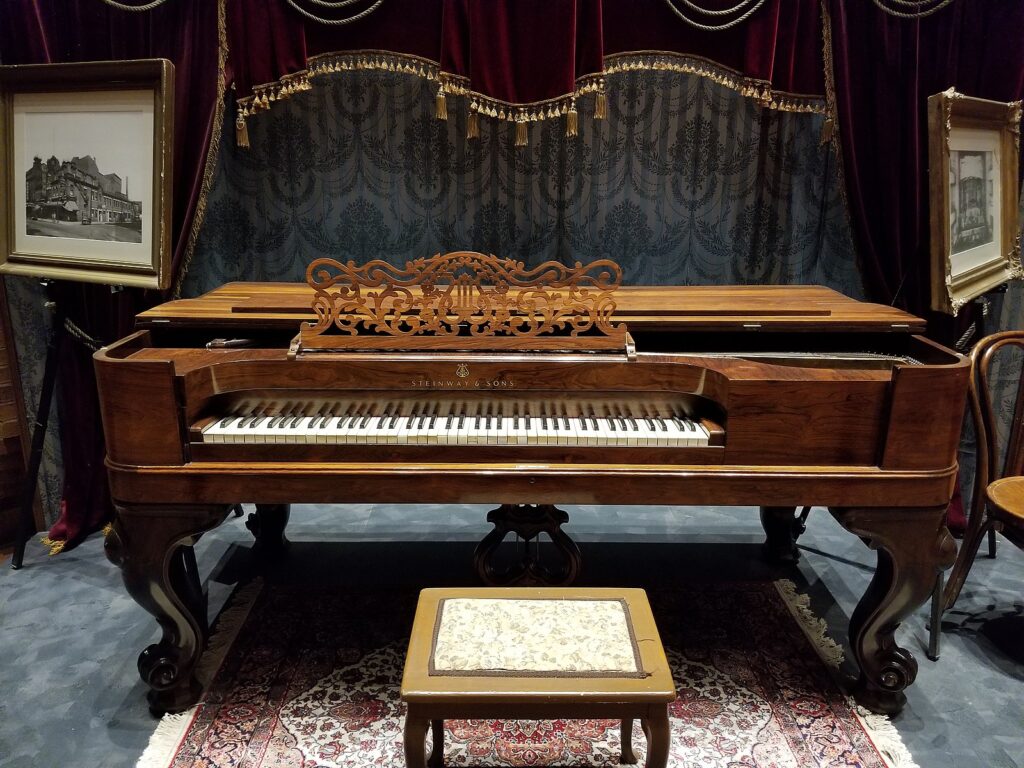
Stradivarius violins, vintage Steinway pianos, Fender Stratocasters from the ’60s—they’re not only instruments, they’re investment-grade art. Fine instruments often improve in tonal quality with age, and historic models can fetch millions. Secondhand sales—through specialist dealers or auctions—let affluent musicians and investors snag these legendary pieces without paying a brand-new artisan’s fee that doesn’t apply to antique builds.
A 1909 Steinway Model D might have more character and warmth than a modern reproduction, and its resale value could outpace inflation. Whether you’re a virtuoso or a collector, pre-loved instruments offer unparalleled acoustics, craftsmanship, and the cachet of owning a piece of musical history. Bonus: many of these instruments have already been broken in, giving them richer tone and soul. And if it was once played by someone famous? That’s bragging-rights gold.
10. Rare Books and Manuscripts
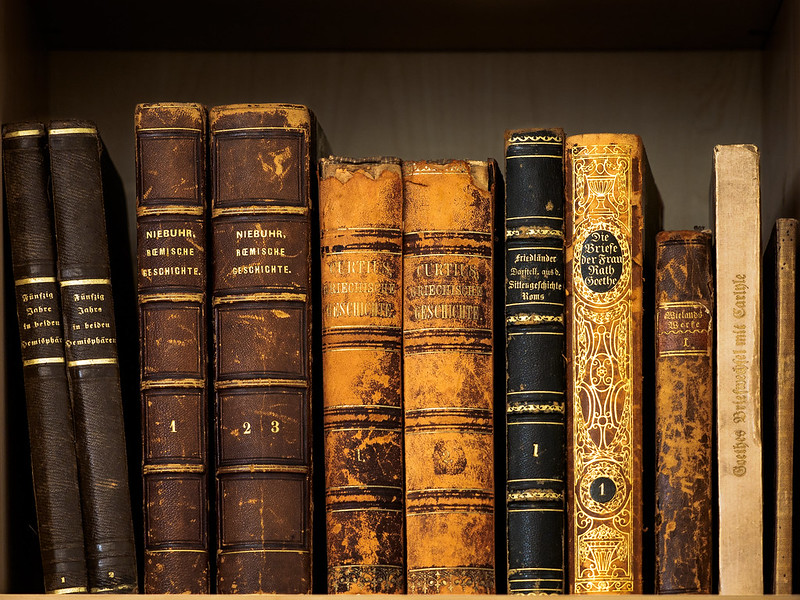
First editions of Hemingway, Austen’s handwritten letters, or a Gutenberg Bible—rare books carry hefty price tags at prestigious auctions. Wealthy bibliophiles often buy these through dealers or estate dispersals, where provenance (like prior celebrity owners) boosts the story—and the price—yet still undercuts fresh auction-house fees.
Beyond the romance of holding literary history, these tomes are appreciating assets; well-preserved copies can double or triple in value over a decade. Plus, owning a rare first edition is the ultimate flex for your office bookshelf, sparking envy and scholarly admiration at every glance. It’s basically intellectual bling. Rich people don’t just collect; they curate libraries like personal museums.
11. Designer Shoes
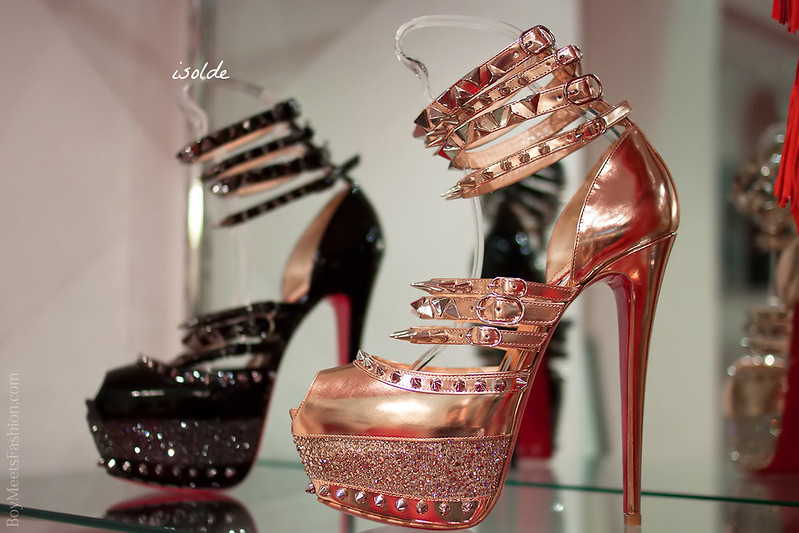
Limited-edition Louboutins or vintage Balenciaga boots aren’t just footwear—they’re micro-investments. Rich sneakerheads and couture collectors turn to high-end resale platforms like TheRealReal or Grailed to score one-off collaborations or discontinued styles that appreciate over time.
Secondhand luxury shoes often come in unworn condition, complete with original dust bags and boxes. And because models drop off the radar quickly, pre-loved pairs can jump 20–30% in resale value year-over-year—making each step not just stylish, but strategically profitable. Also: shoes that were $1,200 last year may now be $3,500 because Beyoncé wore them once. And if the soles never touched the ground? Even better.
12. Antiques and Decorative Objects
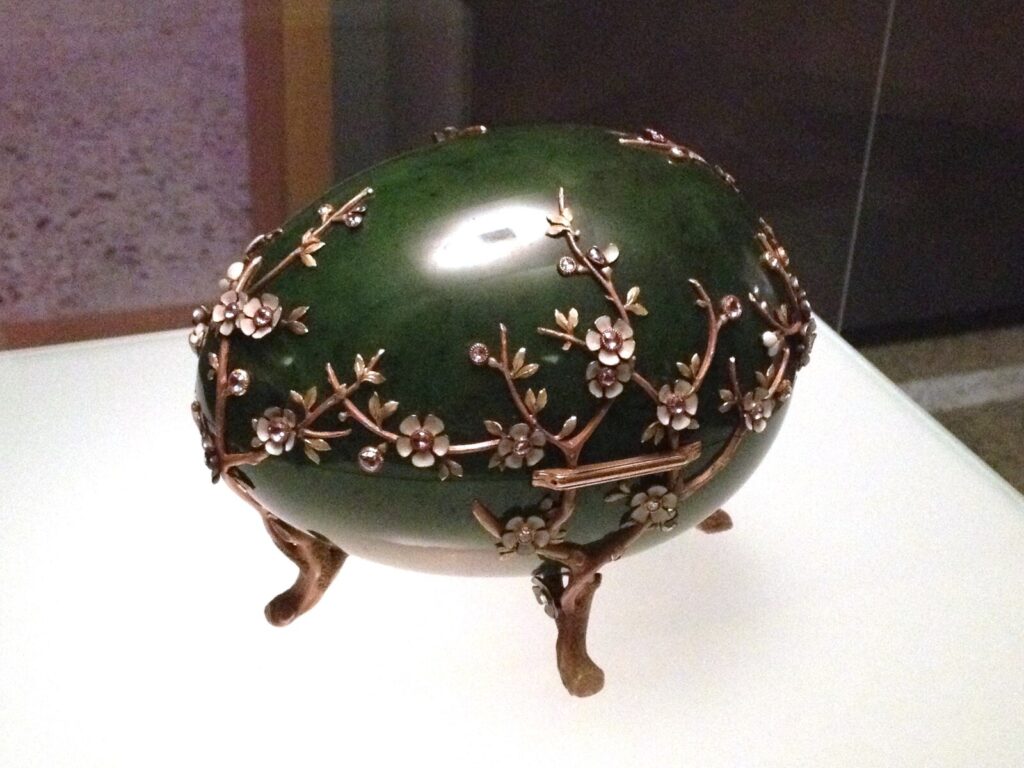
From ornate Fabergé eggs to rare porcelain figurines, antiques encapsulate history and scarcity. Wealthy decorators hunt estate auctions and global antique fairs to unearth pieces that scream “timeless elegance.” Unlike mass-produced home goods, genuine antiques come with a story and craftsmanship that no new décor item can rival.
As markets fluctuate, certain antiques—like 18th‑century French ormolu clocks—retain or appreciate value, making them both beautiful conversation pieces and savvy assets. And because true antique sourcing often involves travel and negotiation, the acquisition itself becomes part of the luxury experience. Think of it as Indiana Jones with better lighting and a platinum Amex. Because nothing says “I made it” like a 300-year-old vase on your entry table.
This article is for informational purposes only and should not be construed as financial advice. Consult a financial professional before making investment or other financial decisions. The author and publisher make no warranties of any kind.








